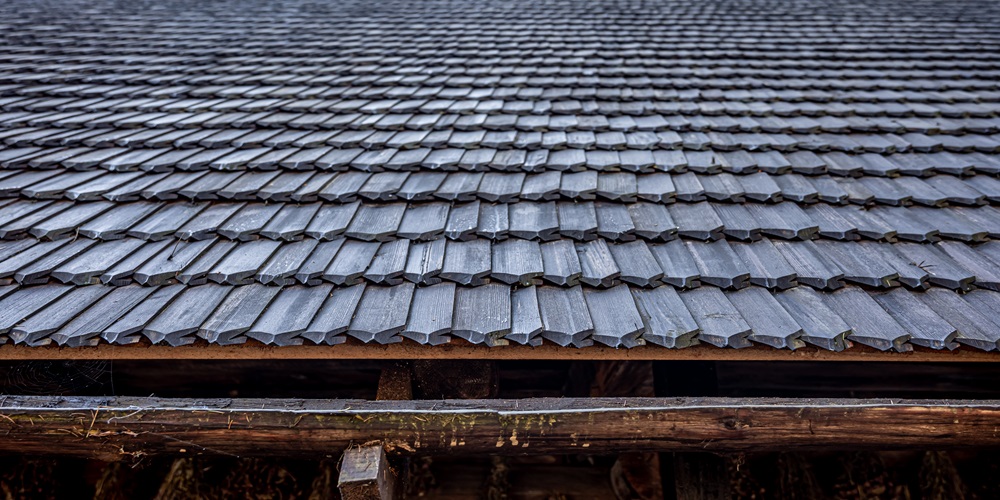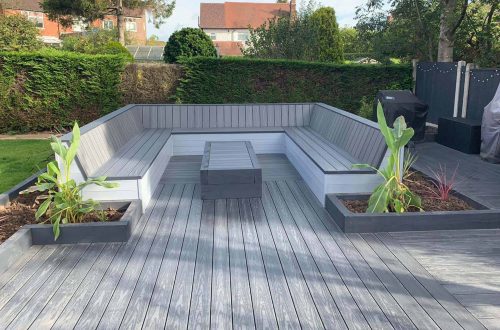How Much Roof Debris Does it Take to Harm Your Roof?
Have you ever looked at your roof and wondered why keeping it clean and free of such things as leaves, dirt, debris or branches is essential? Too much rubbish can hurt your roof, leading to problems such as leakage and mould, and it can even allow pests into your house. Here are various things on the roof that can make it deteriorate and indicate signs to look out for to maintain a healthy roof for a secure home.

Types of Roof Debris
1. Organic Debris (leaves, branches, moss)
When leaves, branches or moss gather on a rooftop, they can cause it to fall. Branches can scrape or spoil the crown cover. Moss grows on roofing material and holds water, causing faster damage. Leaves retain moisture, which can sip through cracks and spaces, damaging insulation in the attic.
2. Inorganic debris (dirt, dust, construction materials)
Inorganic debris like dirt, dust or bits from construction can also ruin your rooftop. Dirt or dust may hold water, leading to rusting or decaying away. Furthermore, ensuring that no building material remains after fixing the house will help prevent cracks and other problem areas that lead to leakage.
3. Impact of different types on roof health
Both organic and inorganic debris are harmful to roofs. They lead to water destruction, the growth of moulds and weak structures. Regularly removing debris helps keep your roof healthy and prevents costly repairs.
Most roofing lasts for twenty to twenty-five years, but a roof with debris that is not maintained can start getting damaged after three years full of debris. For areas with fewer trees or dust and snow, it can be affected after seven to ten years.
Factors Influencing Harm from Roof Debris
1. Roof Material and Age
The material used in constructing the rooftop and how long it has been built determine if waste products can cause harm.
2. Climate and Weather Conditions
Where you live determines how badly items dropping onto roofs affect them. Harsh weather conditions like heavy rainfall, snow storms or even strong winds worsen the effect of debris on your roof.
3. Frequency of debris accumulation
You should be bothered with how often debris settles on top of your house. Frequent removal saves you from damage and keeps the roof in a good state.
4. Slope and design of the roof
How debris piles up on the roof is influenced by its angle and pattern. For example, a steeply sloped one may allow for easy shedding off, while a flat top will hold it, leading to more damage.
Potential Damage Caused by Roof Debris
1. Water damage and leaks
Roof clutter, such as leaves or dirt, could only serve as water traps. When this happens, infiltrations occur into shingles, leading to leakage and water spillage inside homes.
2. Structural deterioration
If left unattended for some time, such materials can become very heavy, causing stress to walls. Consequently, this becomes an extra load that ultimately weakens it over time, resulting in structural problems that might prove expensive when repairs are done.
3. Mold and mildew growth
Debris-holding moisture can cause moulds and mildew to grow, thereby damaging the roofs themselves and posing health risks to your family members.
4. Pest infestations
The presence of rubbish on your roof can draw insects or rats searching for a refuge. Such pests could cause more harm to your roofing system and may also find their way into your house.
Indications Of Roof Damage Due To Debris
1. Drooping Or Unequal Roofs
If you realize that the roof is not even or sagging in some places, it could be because debris damaged or weakened the design. This should be acted upon immediately to avoid other complications.
2. Water Stains On Ceilings And Walls
Water stains on ceilings and walls may suggest that debris has resulted in leakages on the roof. These stains must be handled promptly to mitigate further damage.
3. Loss Shingles
Debris can push away or damage shingles in your roofing system. When you notice missing or cracked shingles, they tell you that debris has already done some destruction.
4. High Energy Bills Due To Poor Insulation
Your house will lose insulation if its ceiling is broken by debris, which in turn will affect energy consumption rates. Consequently, due to the need for HVAC systems to compensate for this loss through heating and cooling, increased electric bills will result from heat transfer problems caused by roof damage.
Conclusion
Take good care of your house’s rooftop so you always feel safe and comfortable inside. You can prevent costly repairs and maintain a strong rooftop by knowing what types of litter destroy it and which signs indicate destruction at an earlier stage before significant damages occur. Meanwhile, remember, a healthy roof implies a happy home. Contact us if you have questions about maintaining roofs or need assistance.

